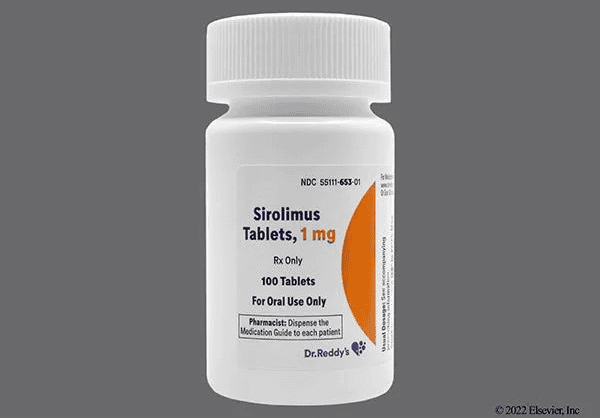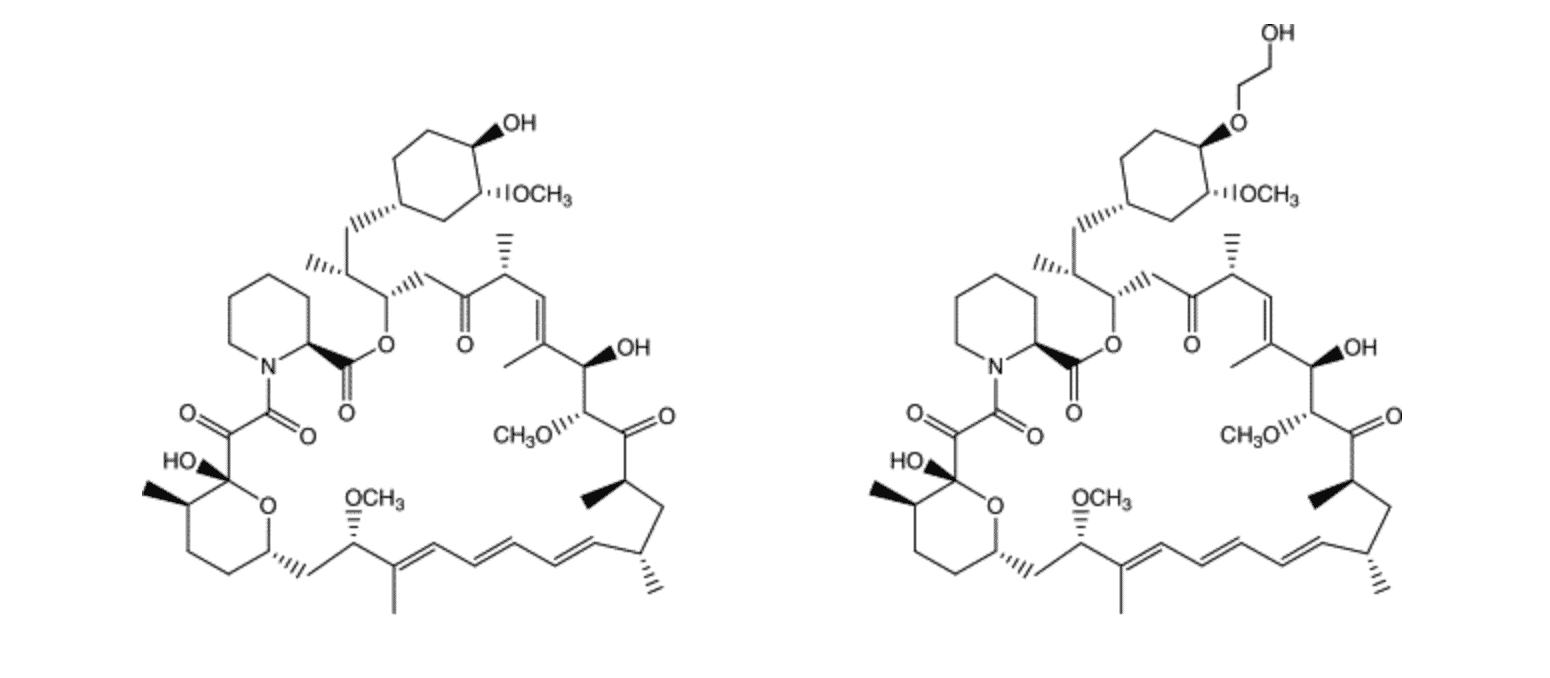Rapamycin for Anti Aging: How It Dramatically and Quickly Improved My Health

In 2017, I had just turned 40. For the previous 10+ years, I regularly exercised 3 or 4 times/day (CrossFit, bodyweight, kettlebells) and did my best to consume a healthy diet. The only supplement I took was fish oil, which I had been taking for 15 years. But despite all these preventive actions, I could tell that the age was ‘catching up to me.” My knees didn’t feel the same. I had a mild discomfort in the right knee. During my workouts, knee pain made it harder for me to squat my regular weight. My knee sleeves helped a bit but discomfort was still present. I had no physical limitations during my daily life, but I knew I had to find a solution to prevent the problem from worsening. Intrigued by the potential of rapamycin to extend life span and mitigate a variety of age-related diseases, from metabolic disorders to heart disease and cancer, I was eager to learn more. During my online research, I came upon an underground anti-aging hackers forum, signed up, and delved deep into the threads. One thread that caught my attention was the rapamycin thread. In it, members shared their knowledge of rapamycin as a way to rejuvenate the body, their experience using it, where they got rapamycin from, how to find quality sources of rapamycin and the side effects they experienced.
What is Rapamycin (Sirolimus): Understanding mTOR Inhibition

If you are unfamiliar with rapamycin, it is also known as sirolimus. It was first discovered in 1972 as a product of the bacterium Streptomyces hygroscopicus, isolated from a soil sample on Easter Island (Rapa Nui). Initially identified for its antifungal properties, further research revealed its potent immunosuppressive and antiproliferative effects, leading to its adoption in clinical settings, primarily for preventing organ transplant rejection. The drug functions by inhibiting the mammalian target of rapamycin (mTOR), a critical enzyme and mammalian target in the mTOR signaling pathway that regulates cell growth, proliferation, and survival. mTOR inhibition is a key mechanism of rapamycin, highlighting its potential in extending lifespan and managing metabolic factors and diseases by slowing down the cell cycle. This is beneficial not only in suppressing the immune system to facilitate organ transplantation but also in controlling the growth of cancer cells.
Rapamycin Treatment as an Anti-Aging Drug
Significant interest in rapamycin as an anti-aging treatment in humans started to grow after a key study published in 2009 showed that rapamycin extended the lifespan of mice. This research highlighted rapamycin’s ability to inhibit the mTOR pathway, which is a central regulator of cell growth and metabolism affected by nutrients and growth factors, and its significant anti-aging effects, including extending lifespan, suppressing cell senescence, and delaying the onset of age-related diseases. Inhibiting mTOR has been linked to mimicking the effects of caloric restriction, a known method for extending lifespan in various organisms. But the number one researcher and advocate of Rapamycin as an anti-aging drug is Mikhail Blagosklonny PhD MD. The term ‘rapamycin increases lifespan’ is particularly relevant here, as Blagosklonny’s work and other studies have consistently shown rapamycin’s effectiveness in extending life expectancy across various models, from yeast to mammals.
After reading up on the forum members’ experience and doing my due diligence, I decided to seek out a healthcare provider who would prescribe it. I was influenced by understanding rapamycin’s potential as an anti-aging treatment. I was scared of starting a regimen of a drug designed to suppress the immune system and used in cancer therapy, but I was willing to take a chance and see the results.
Booking an appointment with Dr Alan Green

I found Dr Alan Green through the same forum. He is a pioneer in prescribing Rapamycin as an anti-aging drug and has a website dedicated to this therapy. In early 2020, I booked an appointment and flew to New York to see him. I was surprised by how mentally sharp he was despite his age. We chatted briefly, and he shared his experience with Rapamycin. He then performed a full physical examination, reviewed my blood lab results, and sent me on my way with a one-year prescription for rapamycin. He also stated the main side effect he has seen in his patients is mouth sores and gave me a script for an antibiotic if this were to occur.
Starting my Rapamycin cycle

I flew back home and filled out the prescription. The price was steep (several hundred dollars), but there was no turning back. My dosage was 4 mg once a week, which is at the low end of the spectrum in the anti-aging hackers community. I took my first dose on a Monday night prior to going to bed. I chose that time because mTor (the target of the rapamycin pathway) is most active during sleep. When I woke up the next morning, I was like “holy crap! The pain in my knees has vanished. I thought maybe it was just in my mind. I needed to get my day going to really find out. The pain never came back. My movements got better at the gym. Over the following couple of months, I got leaner, and it has been easy to stay lean. At my follow-up appointment in 2021, I requested an increased dosage to 6 mg weekly and have been at that level since. Dr Mikhail Blagosklonny, who is the foremost authority on the use of rapamycin as an anti aging drug, reported taking a much higher dose (greater than 12mg). But I am happy with my lower dose at this time. I have also checked my blood level of Rapamycin to get an idea of when it peaks and when the level drops.
Potential side effects of Rapamycin.

Despite its medical benefits, rapamycin comes with a range of potential risk, some of which can be serious. Common adverse reactions include an increased risk of infections due to its immunosuppressive action, delayed wound healing, and various metabolic disturbances such as hyperlipidemia and hyperglycemia. After mentioning these, it’s important to note that ‘insulin resistance’ has also been observed as a potential side effect in some patients, linking it to the metabolic disturbances mentioned. Patients may also experience less severe side effects like mouth ulcers, rash, and diarrhea. Considering the potential side effects, including the risk of insulin resistance and its implications for cardiovascular disease, the use of rapamycin requires careful monitoring and management by healthcare professionals. This is to balance its therapeutic benefits against the possible complications, with a keen eye on evidence from clinical trials to understand the full spectrum of rapamycin’s effects. The only side effect I personally have experienced is an increase in my blood lipid level. I keep that in check with niacin supplements.





